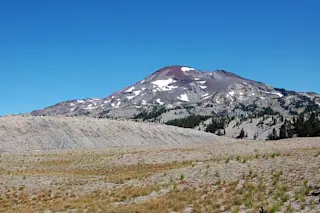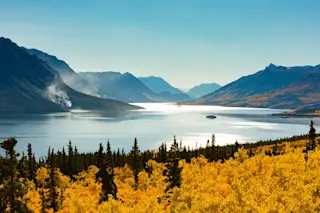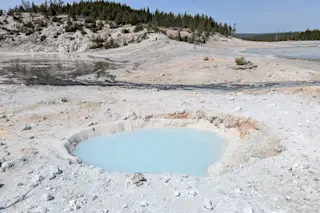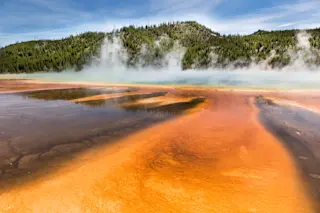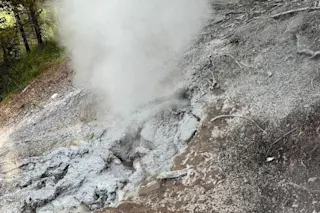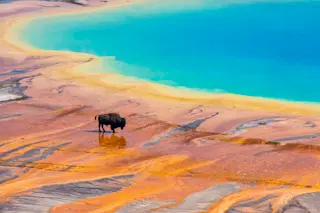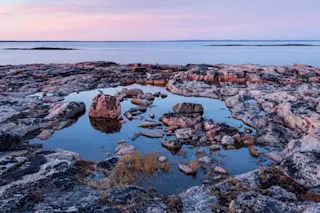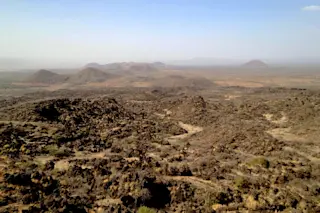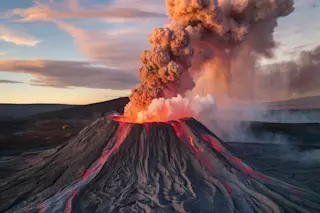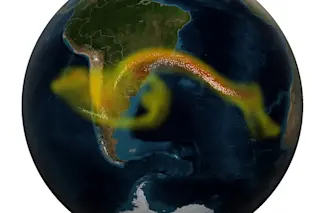The Cascade Range in western North America are a remarkably quiet volcanic chain. Even though potentially active volcanoes stretch from Lassen Peak in the south to Garibaldi in the north, the only volcano to erupt in the past century is Mount St. Helens (twice). That's it. Compare that to places like Japan, Kamchatka, Indonesia and other volcanic arcs where it isn't uncommon for multiple volcanoes to be popping off simultaneously, the Cascades feel downright silent.
This is why the volcanological community get excited when something, anything, happens. The something that has everyone's attention right now is the return of the "bulge" on the west side of South Sister, part of the Three Sisters volcanoes west of Bend in Oregon. Based on satellite measurements (more on that below), parts of South Sister has risen about an inch (2.2 cm) since July 2021. That might not sound like much, but combine that ...


